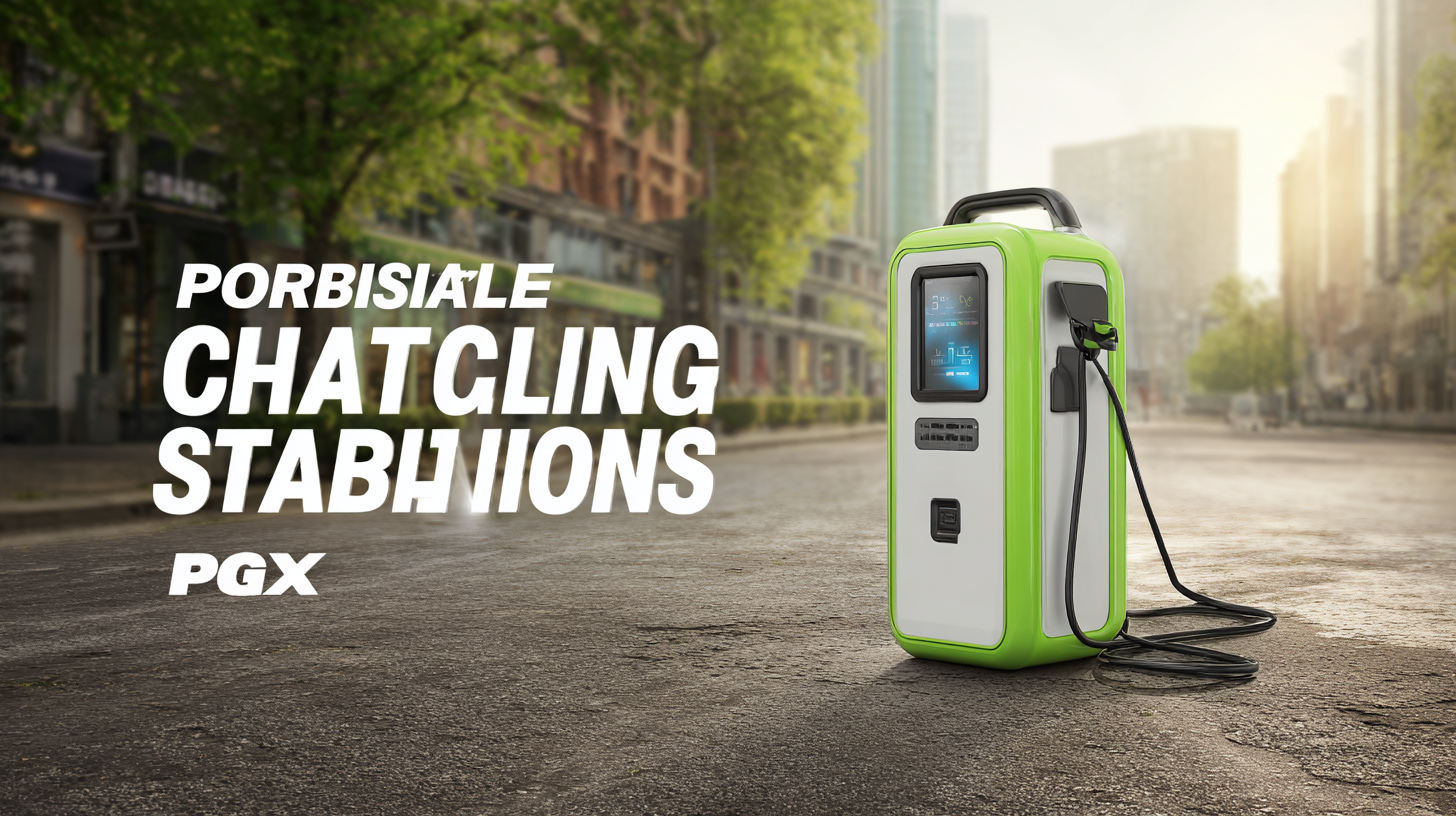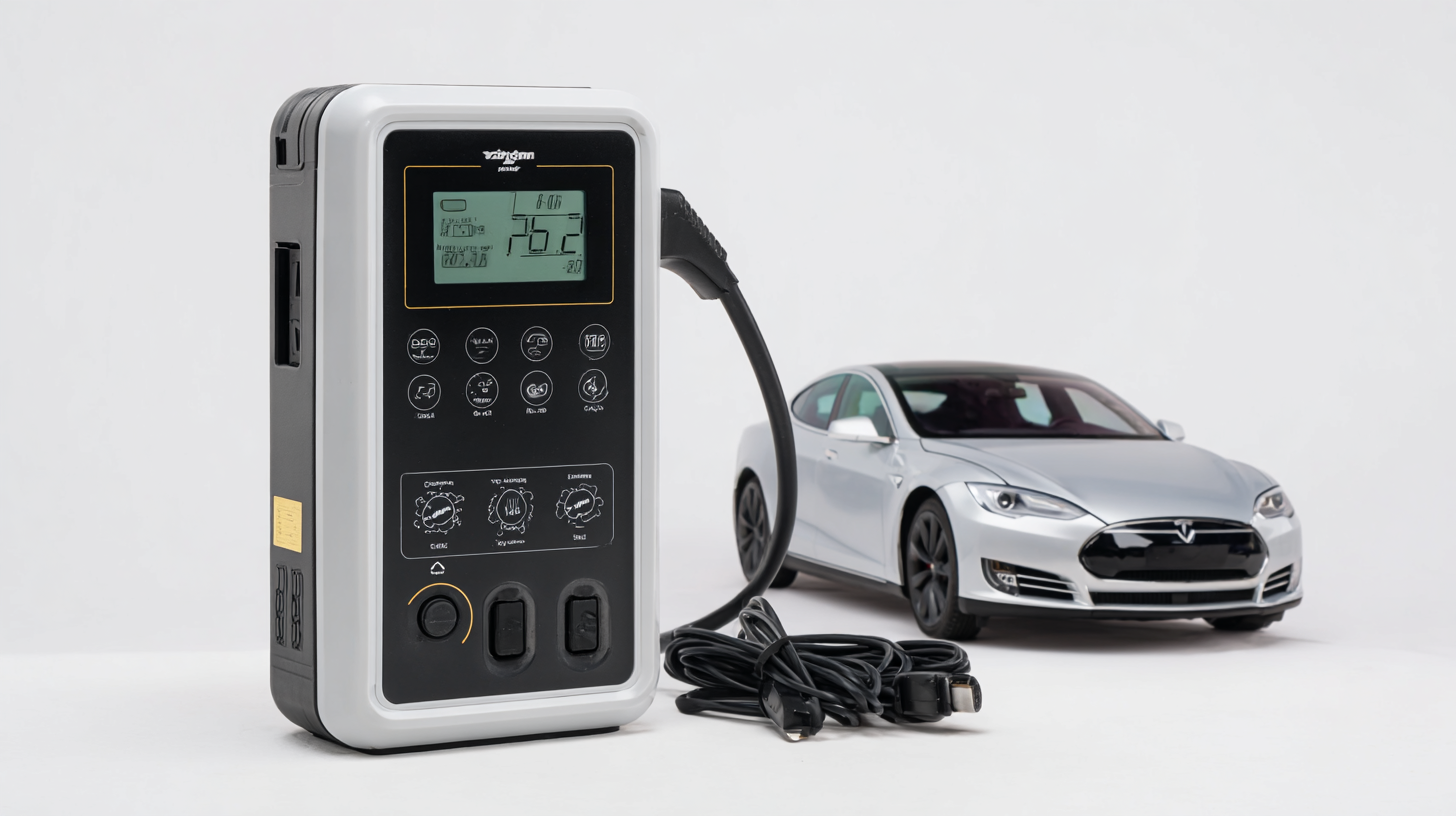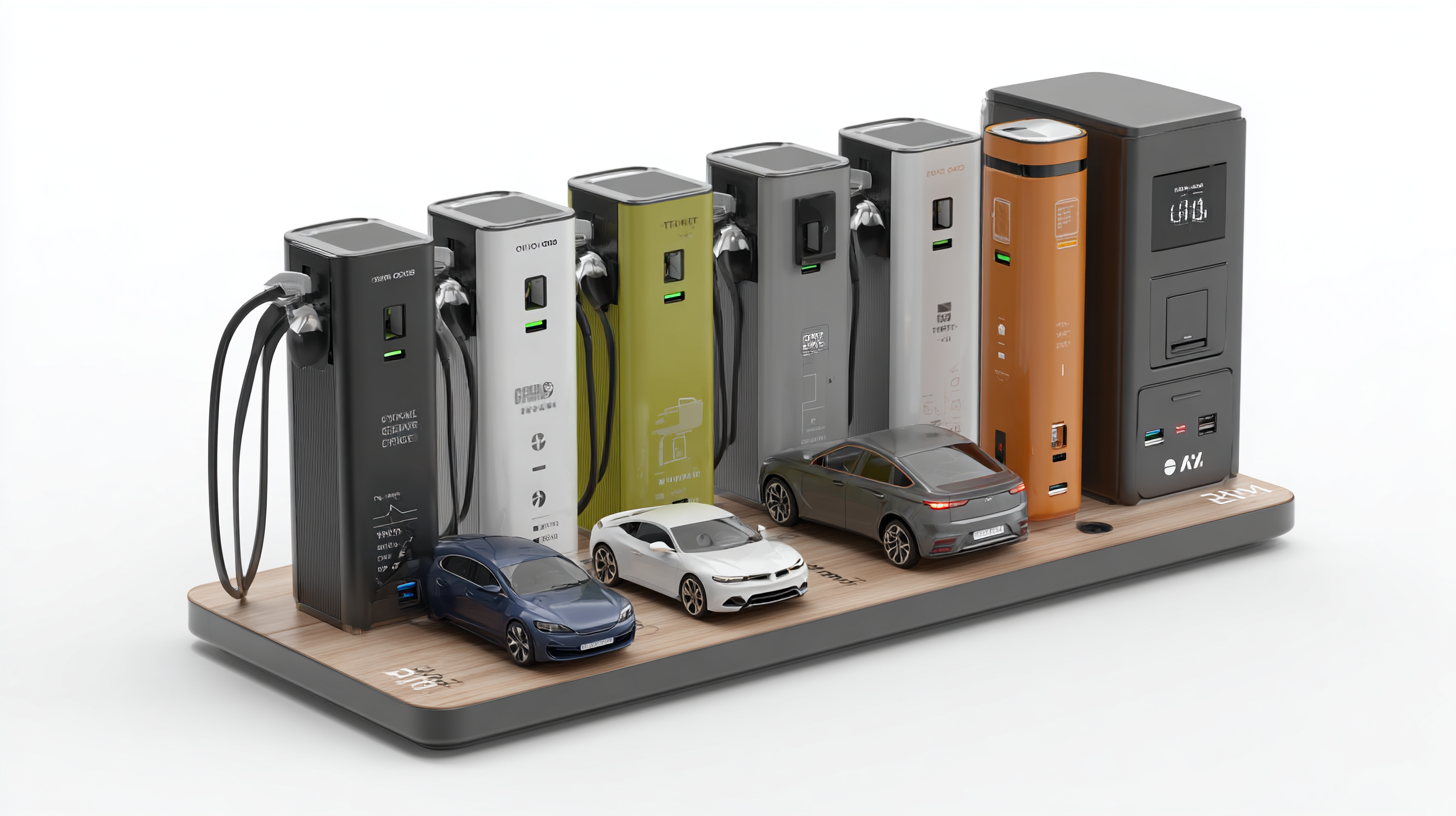As the electric vehicle (EV) market continues to expand, the need for accessible and efficient charging solutions becomes increasingly critical. According to a report by the International Energy Agency, the global electric car stock reached over 10 million units in 2020, a figure that is expected to soar as regulatory push and technological advancements drive adoption. One of the key elements to enhance the electric vehicle experience is the use of a Portable Charging Station For Electric Car, which provides flexibility for users who may not have easy access to fixed charging infrastructure. These portable units offer varying types of power levels and features, making them suitable for different driving needs and lifestyles. In this ultimate guide, we will explore the characteristics and applicability of different portable charging products, alongside practical tips on how to choose and utilize these essential devices to maximize your EV experience.

When it comes to electric vehicles (EVs), portable charging stations have become essential for an optimized driving experience. Understanding the various types and features of these charging stations is key for EV users looking to maximize convenience. There are primarily three types of portable chargers:
Choosing the right portable charger for your electric vehicle (EV) can significantly enhance your driving experience and ensure that you have access to power whenever you need it. Essential factors to consider include the charging speed, compatibility with your EV model, and the overall design of the charger. For instance, if you have a battery electric vehicle (BEV) or a plug-in hybrid electric vehicle (PHEV), identifying a charger that matches your vehicle's specific requirements is crucial for efficiency and safety.
Power output is another vital criterion. Chargers are typically categorized by their power output—those under 20kW are suitable for standard household use, while those over 20kW offer faster charging options, ideal for public charging stations. Moreover, users should consider the vehicle type, whether it's a passenger car or a commercial vehicle, to ensure that the portable charger can support the weight and design of the EV. By understanding these factors, you can select a portable charger that not only meets your needs but also optimizes your electric vehicle experience.

Setting up a portable charging station for your electric vehicle (EV) can significantly enhance your driving experience and flexibility. To get started, the first step is to choose the right portable charger that suits your EV model and charging needs. Look for units that provide sufficient amperage and are compatible with your car's specifications. Once you've selected the charger, make sure to read the manufacturer's instructions for safe usage and any specific requirements for installation.

Next, identify a suitable location for your portable charger. This could be at home, in your garage, or even at a friend's house. Ensure that the area is well-ventilated and easily accessible for your vehicle. After finding the perfect spot, plug the charger into a grounded outlet, and secure any necessary connections to your EV. Before you connect, check that the charger is functioning properly, indicated by lights or status indicators. Once you've made the connection, monitor the charging process and ensure everything operates smoothly, allowing you to enjoy the convenience of electric driving without worry.
As electric vehicle (EV) adoption continues to rise, maximizing your charging efficiency on the go is crucial for an optimal driving experience. Recent industry reports suggest that EV owners can reduce their charging times significantly by strategically planning their trips around fast-charging stations. For instance, mapping your vacation using EV fast charging stations ensures you can enjoy scenic routes without the stress of range anxiety. The key is to integrate charging stops into your travel itinerary, allowing sufficient time for recharging while exploring local attractions.
When you're on the road, consider these tips to maximize your EV charging efficiency: first, prioritize charging at locations that offer higher power outputs—these stations can replenish your battery much faster. Secondly, plan your trips during off-peak hours to avoid wait times at popular charging stations, especially during holiday seasons. Finally, keep an eye on your vehicle's range and adjust your route as needed to make the most of your charging points. By utilizing smart charging solutions and being mindful of your travel plans, you can enjoy a seamless and efficient EV experience.
When it comes to maximizing your electric vehicle (EV) experience, understanding safety precautions and best practices for using portable charging stations is crucial. According to the U.S. Department of Energy, nearly 20% of electric vehicle owners utilize portable chargers at least occasionally. However, improper use can lead to serious safety hazards such as overheating, electrical fires, or damage to the vehicle’s battery system. To mitigate these risks, it's important to always check that your charging station is certified and compatible with your EV model.
Using a charging station that meets the latest UL (Underwriters Laboratories) safety standards can significantly enhance the safety of your charging experience.
Another best practice is to regularly inspect your portable charger for any signs of wear and tear. A study by the Electric Power Research Institute (EPRI) found that about 15% of portable chargers in use may have faulty wiring or damaged components, which can increase the likelihood of malfunction. Additionally, charging in areas that are well-ventilated and away from extreme weather conditions can help maintain optimal charger performance and longevity. By adhering to these guidelines and keeping abreast of industry developments, EV owners can ensure their portable charging experience is both safe and efficient.








